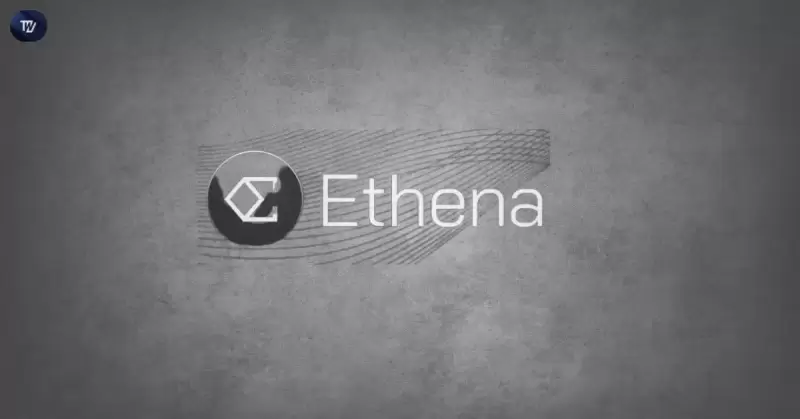USD Coin announced the Circle Dev Summit in Dubai on April 29th. The event will feature demo applications, deep-dive project sessions, and networking opportunities for developers.

The upcoming Circle Dev Summit in Dubai on April 29th will showcase demo applications, offer deep-dive project sessions, and provide networking opportunities for developers, as announced by USD Coin.
Announcing the upcoming Circle Dev Summit in Dubai on April 29th.
We’ll be demoing new developer applications, offering deep-dive project sessions, and providing plenty of opportunity to network with fellow developers.
Register now: Despite the impression one might get from the cryptocurrency market's recent volatility, stablecoins have been around for a while now. They emerged as a response to the renowned volatility of cryptocurrencies, aiming to provide a stable asset.
In essence, stablecoins are cryptocurrencies designed to maintain a stable price, typically pegged to a fiat currency like the U.S. dollar or another cryptocurrency.
The first stablecoin, pegged to Bitcoin, was introduced in 2014, but it was in 2015 that the first widely adopted stablecoin, USD Coin (USDC), was launched.
Developed by Circle, USDC is a leading stablecoin pegged 1:1 to the U.S. dollar, aiming to offer a consistent value regardless of broader cryptocurrency market fluctuations. It stands as the second-largest stablecoin ecosystem, surpassed only by USD Tether (USDT).
USDC maintains its stable value by holding U.S. dollar asset reserves in regulated financial institutions in the U.S. The integrity and sufficiency of these reserves are externally verified by Grant Thornton, an accounting firm that provides monthly attestation reports. This full backing ensures trust in the stablecoin, making it an appealing choice for various financial applications.
Compatible with multiple blockchains like Ethereum, Algorand, Solana, Stellar, and TRON, USDC boasts a market capitalization that positions it within the top five cryptocurrencies. Beyond simply serving as a stable asset, it offers numerous functionalities, ranging from hedging against market volatility and facilitating rapid international remittances to enabling peer-to-peer payments and ensuring payment interoperability across diverse blockchain networks.





















































































